On June 6, 1944, the Allies launched Operation Neptune, also known as D-Day, aiming to liberate Western Europe from German occupation during WWII. This mission, one of the largest military efforts ever, required meticulous planning and immense bravery, marking a pivotal moment in the war for freedom.
The colossal scale of the D-Day operation is captured in the iconic photograph from 1944. This image not only showcases the vast logistical operation but also stands as a testament to the courage and determination of the Allied forces.
Let’s delve into the creation of this iconic image and the significant events that unfolded after.
The making of the iconic image
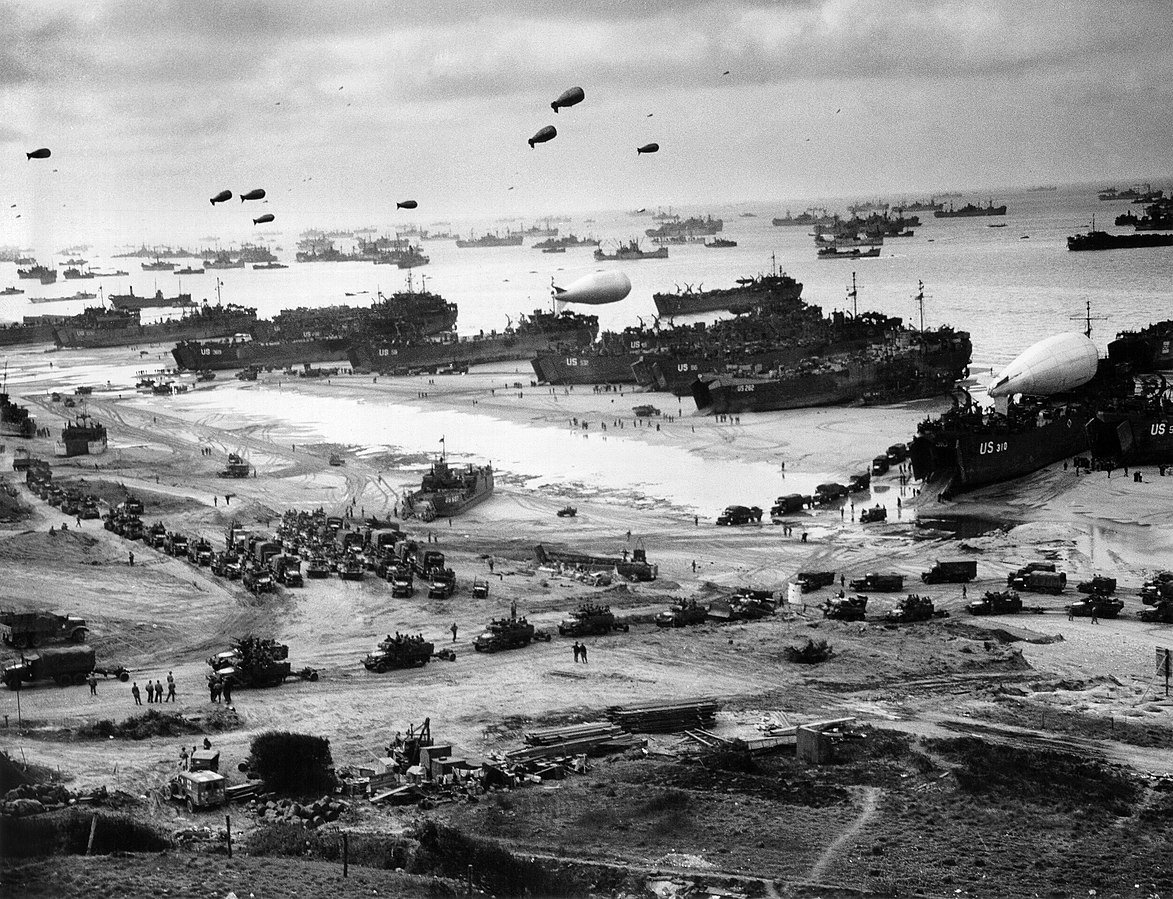
The D-Day photograph, taken on June 9, 1944, shows numerous landing ships, tanks, and vehicles on Omaha Beach, a key sector of the Allied invasion of Nazi-occupied France during World War II.
This photograph likely was taken from an elevated position, such as a cliff or a reconnaissance aircraft, providing a comprehensive view of the beachhead and the vast number of ships in the water. The composition showcases the logistical might and determination of the Allied forces during this crucial event.
The photographer needed a secure yet strategic location to document this historic event effectively. This image is from the U.S. Coast Guard Collection in the U.S. National Archives. It serves as a powerful visual record of one of the most significant military operations in history.
The pictured colossal scale of the D-Day operation
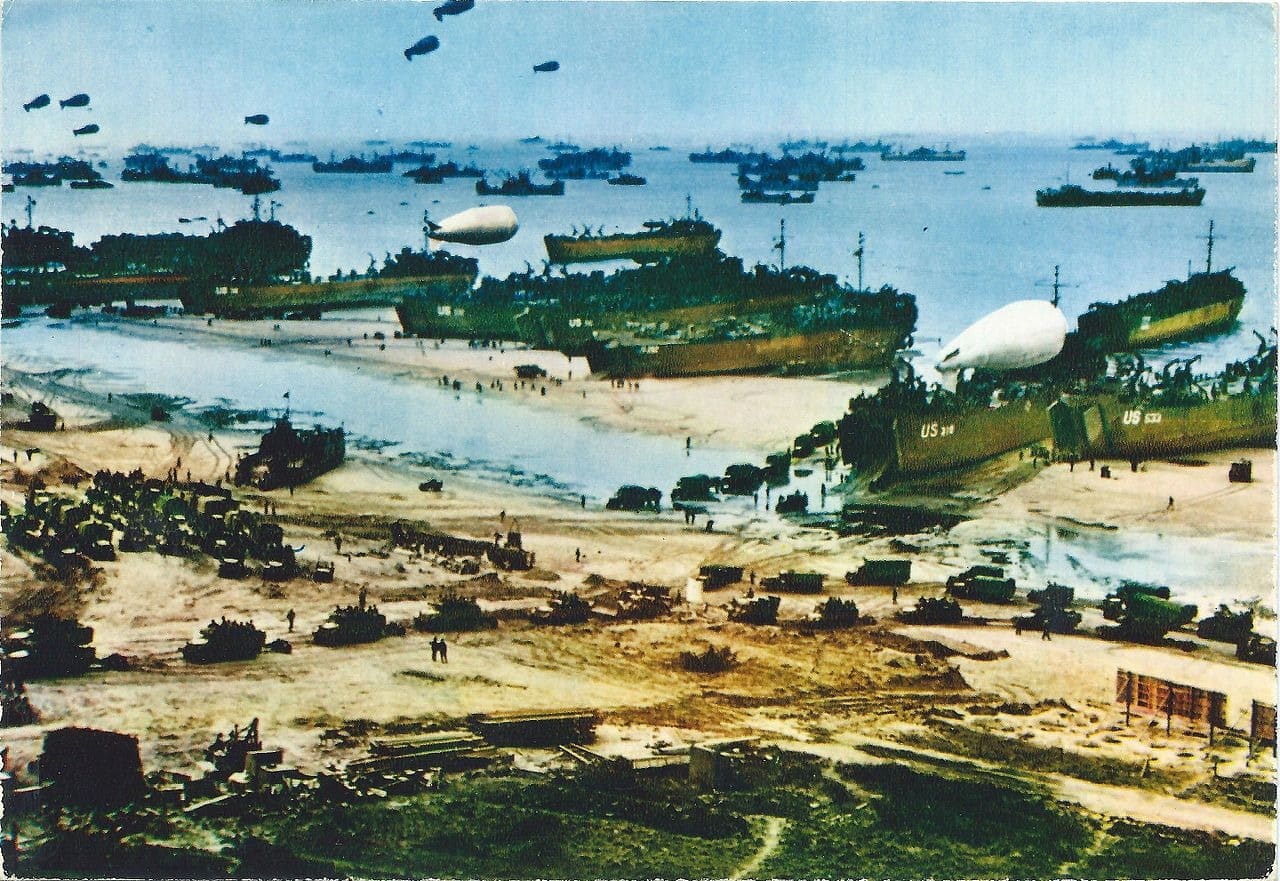
The landing ships were unloading cargo on Omaha Beach, taking advantage of the low tide.
The Coast Guard-manned LST-262 is the third beached LST from the right. Other identifiable ships include LST-532 (center), LST-310 (second from the right), LST-533 (partially visible at the far right), and LST-524.
Barrage balloons float overhead, and an Army half-track convoy forms on the beach. These balloons, tethered with metal cables, were designed to deter dive bombers by forcing them to fly higher into anti-aircraft fire or risk collision with the cables. Some balloons carried small explosive charges to ensure the destruction of any aircraft that hit them.
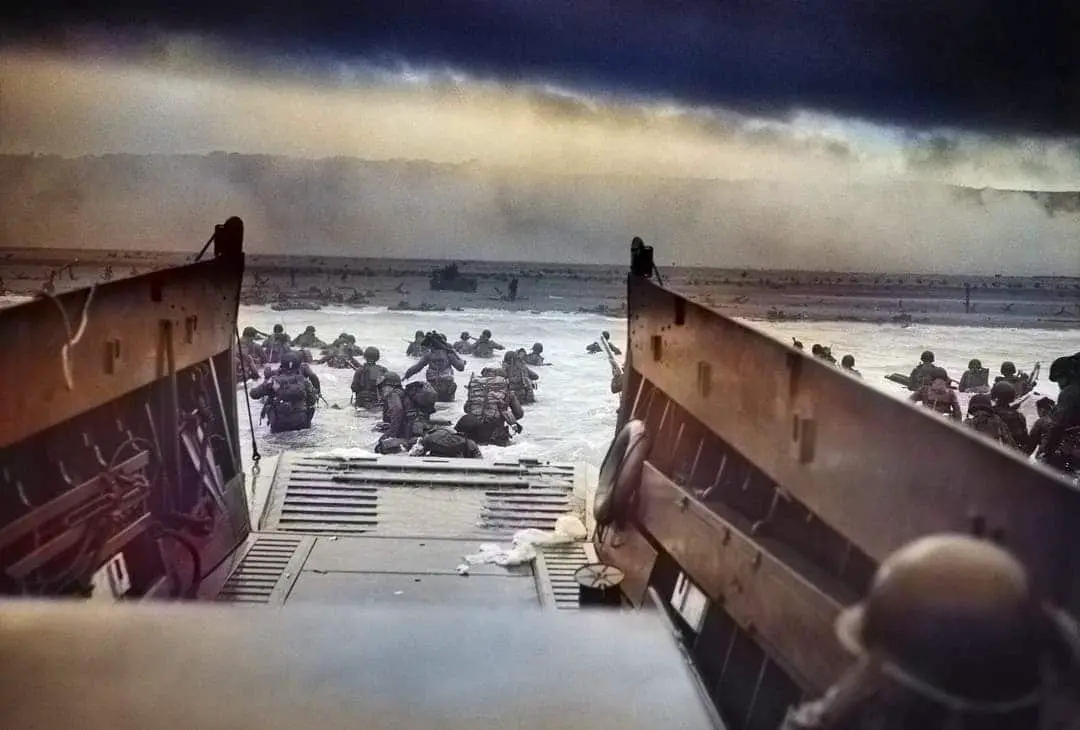
D-Day was the largest single-day amphibious invasion ever. According to the D-Day Center, Operation Overlord, known as the D-Day invasion, involved 156,115 U.S., British, and Canadian troops. They used 6,939 ships and landing vessels, 2,395 aircraft, and 867 gliders to deliver airborne troops.
Large concrete blocks, nicknamed Mulberry harbors, were sailed across the channel and used as portable docks. The landings took place along a 50-mile (80 km) stretch of the Normandy coast between Caen and Valognes, divided into five sectors: Utah, Omaha, Gold, Juno, and Sword.
By June 11, less than a week later, the beaches were secure, and over 326,000 troops, 50,000 vehicles, and 100,000 tons of equipment had landed in Normandy.
The aftermath of the D-Day landings
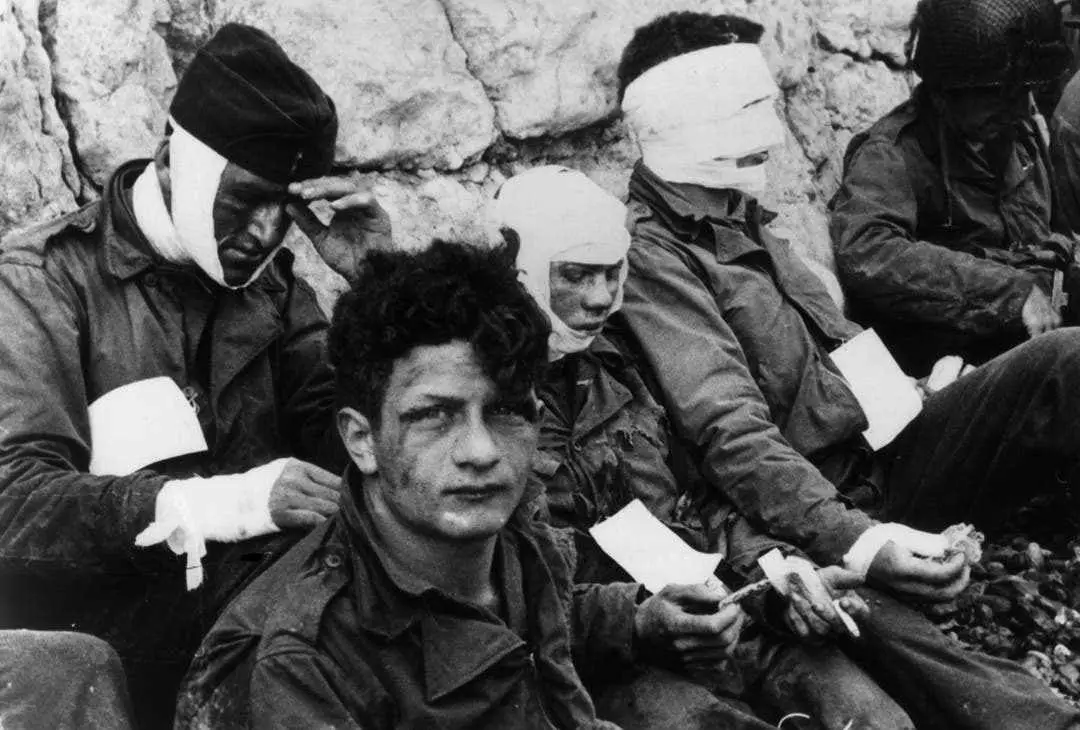
The fighting on D-Day was so intense that even today, up to 4% of the sand on Normandy beaches is made up of magnetic shrapnel, broken down into sand-sized pieces over the years.
The Allies didn’t achieve their main goals on the first day. Carentan, St. Lô, Bayeux, and Caen remained under German control initially. Only Juno and Gold beaches were linked on the first day, and all five beachheads were connected by June 12. However, the operation gained a crucial foothold for the Allies.
German casualties on D-Day are estimated between 4,000 and 9,000 men. Allied casualties were at least 10,000, with 4,414 confirmed dead.
Five days after D-Day, troops established two large temporary harbors built over six months in England. These harbors handled 2.5 million soldiers, 500,000 vehicles, and 4 million tons of supplies throughout the war.
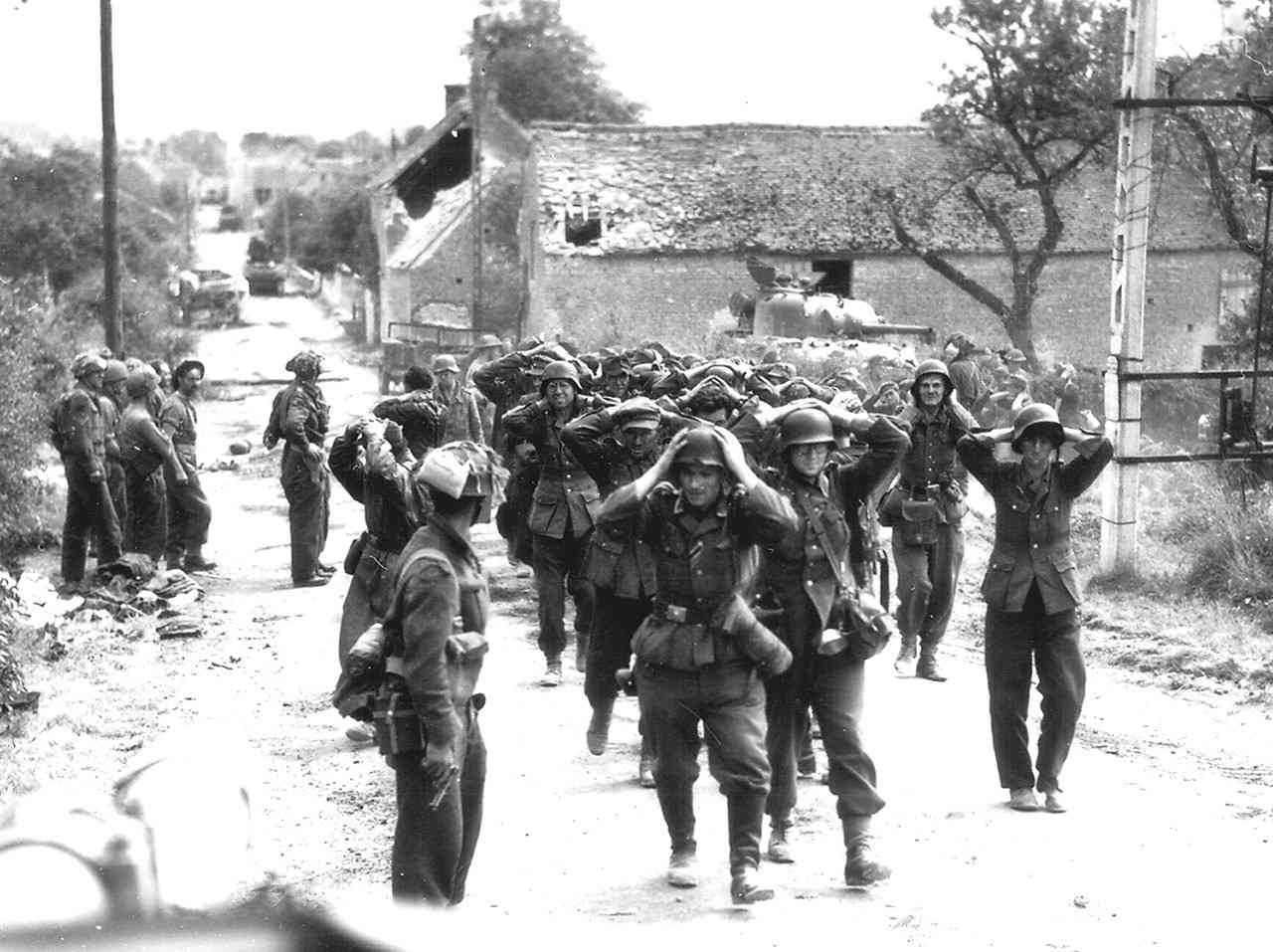
By the end of August, Allied forces had reached the Seine River, liberated Paris, and pushed German forces out of northwestern France, ending the Normandy campaign. They then prepared to enter Germany, joining Soviet troops advancing from the east.
The Normandy invasion turned the tide against the Nazis, delivering a significant psychological blow and preventing Hitler from reinforcing the Eastern Front against the Soviets. On May 8, 1945, the Allies accepted Nazi Germany’s unconditional surrender following Hitler’s suicide on April 30.


